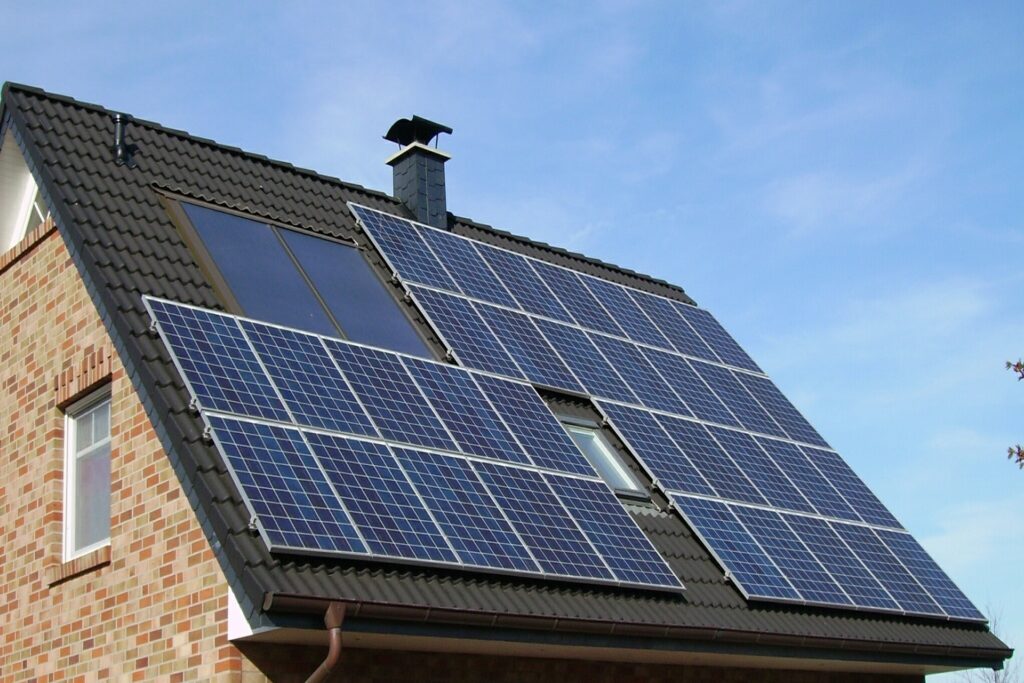More people are waking up as solar energy is growing increasingly popular, which means combining solar panels with a battery storage system is a revolutionary investment for homes and companies. By allowing you to store the energy your panels produce throughout the day and use it at night or during power failures, a solar battery increases your energy independence and lessens grid reliance. One of the most often asked questions, however, is what size solar battery storage system would be appropriate for me?
Your energy consumption, storage goals, location, and budget are among several major elements that will influence the answer. This article will guide you through what to think about to find the best battery capacity for your particular requirements.
Knowing Solar Battery Capacity
Choosing the best size first requires knowledge of how solar battery capacity is measured. Typically rated in kilowatt-hours (kWh), battery storage refers to the amount of electricity it can store and discharge. A ten kWh battery, for instance, can theoretically deliver ten thousand watts of power for one hour—or one thousand watts for ten hours.
It’s also crucial to realise that total capacity and usable capacity are not the same. Some reserves are kept aside to preserve battery health; not all of a battery’s storage is accessible. Thus, based on the maker, a 13.5 kWh battery could have usable storage nearer to 12 kWh.
First, Look at Your Energy Consumption
Knowing your energy use is the first step in estimating your solar battery size. Your monthly utility bills, where energy usage is usually expressed in kWh, hold the answers to this question. Examine your energy patterns daily, monthly, and seasonally. Many American homes, for instance, typically use 25–30 kWh a day.
Tell Yourself:
- During the day, how much energy do I consume? In the dark?
- Do I want to cover all of my consumption or just the nighttime?
- Are there any highly consuming devices, including EV chargers, water heaters, and HVAC systems?
- This assessment will assist you in estimating the least storage capacity needed to fit your lifestyle.
Establish your Energy Objectives
The correct battery size mostly depends on your goals:
1. Reserve Power for Blackouts
You will just need enough capacity to run necessary appliances if you want battery storage to serve as a backup during grid failures. Depending on usage, most individuals want 5–10 kWh systems for this purpose, which can keep lights, a refrigerator, internet, and some plugs running for 12–24 hours.
2. Maximising Personal Solar Consumption
You will require a system that can store the surplus energy your panels produce during the day and utilize it after sunset if you want to consume most of your solar energy and cut dependence on the grid. Your battery capacity in this situation should be based on your nighttime use, which for most households usually falls in the 10–15 kWh range.
3. Off-Grid Lifestyle
Your battery must be able to cover your entire energy use for several days without sunlight (cloudy or rainy weather) if you intend to live totally off-grid. Along with a correctly scaled solar array and backup generator, this may call for a bigger battery bank of thirty to sixty-plus kWh.
Think about Solar Panel Output
The capacity of your battery should match that of your solar system. If your solar panels produce 20 kWh daily, installing 40 kWh of battery storage won’t help you much, as you just lack enough extra energy to fill it. Similarly, unless you are linked to the grid with net metering, you will lose possible savings if your panels generate more than your battery can store.
To maximise efficiency choose a battery capacity that corresponds to the daily average excess electricity your panels generate. Consult your solar battery provider for expected daily output in kWh based on your panel wattage, system size, and location.
Assess Battery Power Rating
Along with storage capacity, consider the power rating—measured in kW—which defines the maximum energy a battery can supply at once. Low-power-rated batteries with great capacity can supply electricity for a long period—but just to low-consumption devices.
Battery Type Counts
The kind of battery affects dimensions, performance, and lifetime. Lithium-ion batteries—which are small, efficient, and long-lasting—power most contemporary home systems. Less expensive, lead-acid batteries demand more room for equal energy storage due their larger size and lesser efficiency. Lithium-ion is often the superior option if you have limited space or require frequent deep discharges.
Essential Elements for a Modern Bedroom: 5 Must-Have Features
Conclusion
Your local weather patterns and climate also matter. Sunshine states like Arizona or California’s solar battery panels produce more energy year-round, which helps bigger battery systems. In gloomier regions, a big battery bank may be underused for most of the year. Extreme temperatures can also cause batteries to lose efficiency. To get optimum performance, make sure your battery storage is installed in a weatherproof casing or climate-controlled surroundings.



